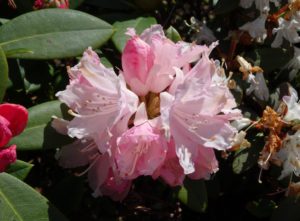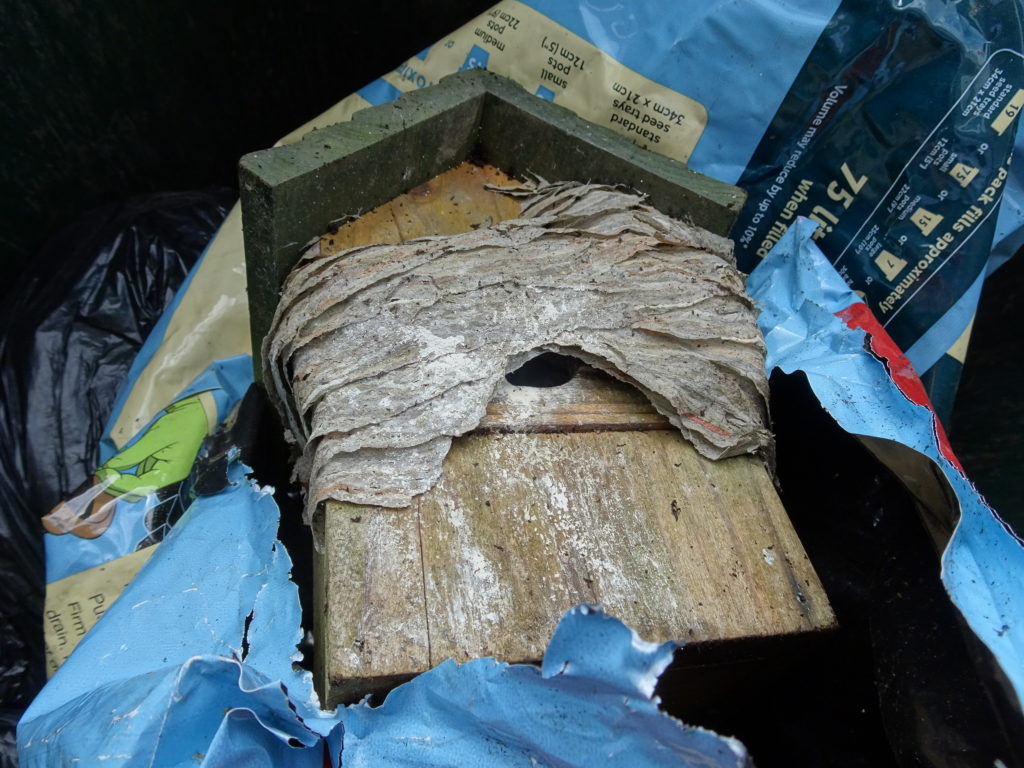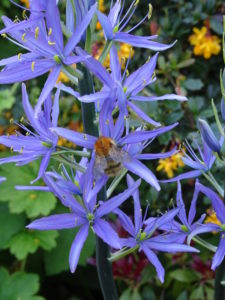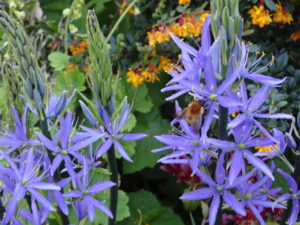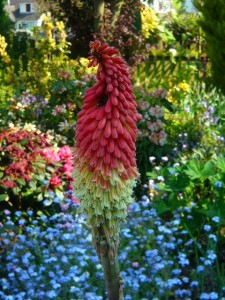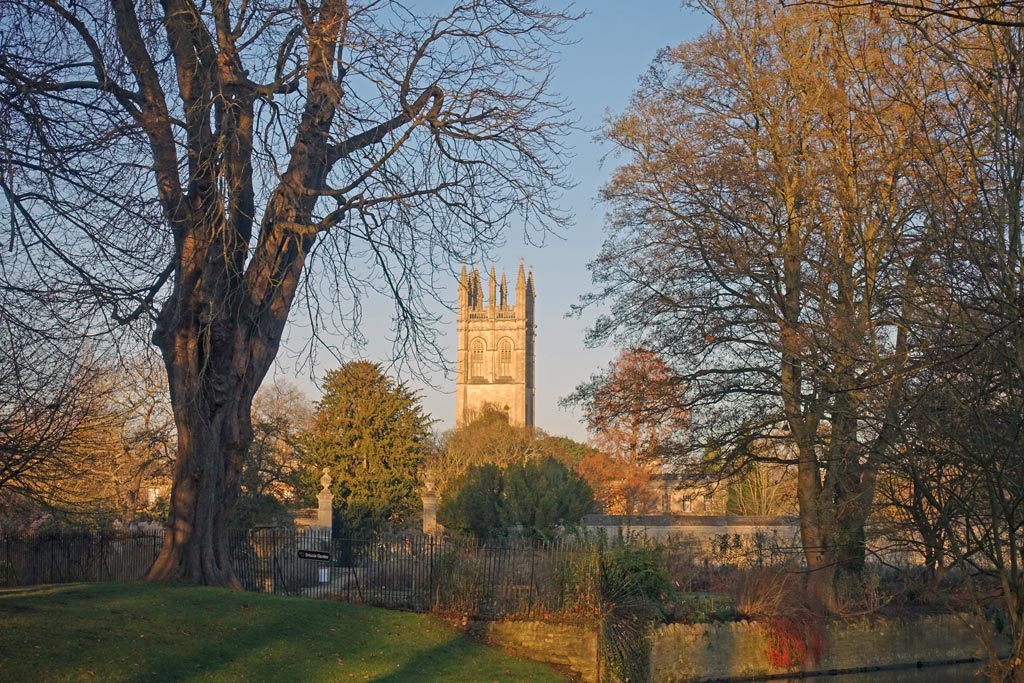Pruning Deciduous Azalea and After Care
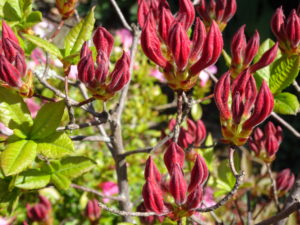
Azalea Mollis aka Rhododendron sinensis
This species of plants originate in central China. The closely related species R. molle japonicum come from Japan. Both these deciduous varieties are relatives of the popular Ghent and Knapp Hill hybrids.
They are one of our favourite flowering plants with bold, colourful, spring blooms that are not hidden by lime green leaves that appear around flowering time.
A North American variety R. calendulaceum is called the “Flame azalea†due its fiery orange colours and autumn leafs. R. luteum is not surprisingly yellow.
Pruning Azalea
- Where possible avoid pruning but if needs must then wait until flowering has finished.
- Water the shrub and keep it well watered through late spring until autumn.
- Take out dead or damaged wood with sharp secateurs.
- If reshaping or drastic pruning is needed expect to loose the flowing capacity for one or two seasons.
- Thin water shoots from the base can be thinned in number to encourage the others.
- Remove one older stalk to create light space and shape if you must.
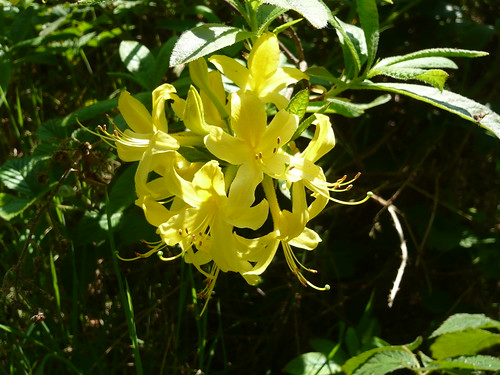
After Care
- After care will help the plant recover from shock.
- Apply an ericaceous acid plant fertiliserlike miracle-gro specially formulated for azaleas, rhododendrons, camellias, dogwoods and magnolias. Feed through summer.
- Mulch around the base of the shrub.
-
Other acidifying feeds and treatments include vinegar, ammonium sulfate, iron sulfate or flowers of sulfur but take care as some may burn the shrubs.
- Dress the top soil with peat or an ericaceous compost
